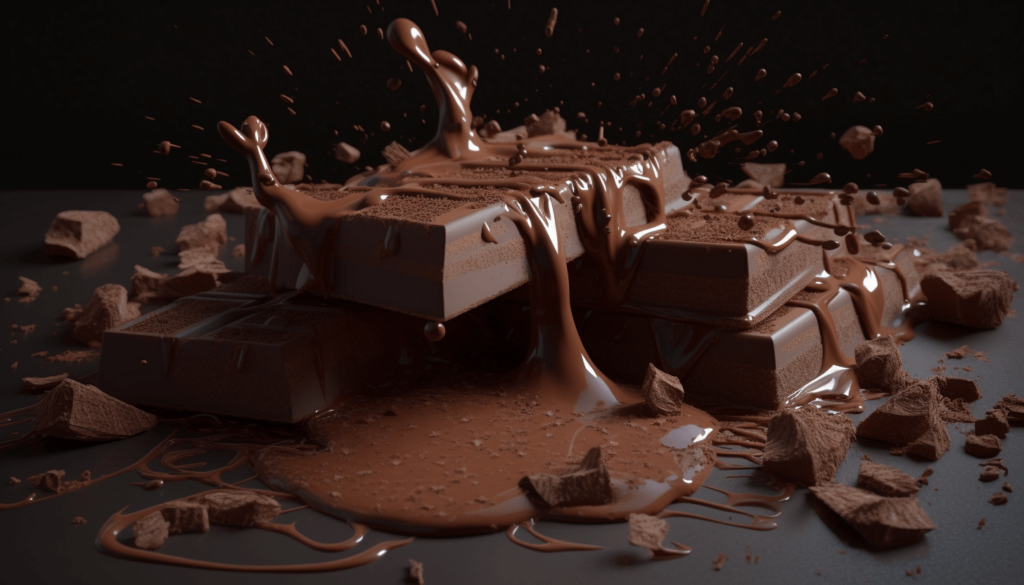How to
A Summary of Cocoa Butter’s Crystalline Structure
Cocoa butter is a key ingredient in chocolate, providing texture, flavor, and mouthfeel. One of the most important factors that affects the quality of chocolate is the crystalline structure of cocoa butter. In this article, we’ll provide an overview of cocoa butter’s crystalline structure and how it affects the chocolate-making process.
Cocoa butter is a complex mixture of fatty acids, with six different forms of crystals that can be formed. These crystals vary in size, shape, and stability, and they can have a significant impact on the quality of the final product.
The six forms of cocoa butter crystals are referred to as polymorphs, and they are labeled as alpha, beta, gamma, delta, epsilon, and zeta. Each polymorph has its own unique physical properties, such as melting point and hardness, which affect the texture and mouthfeel of the chocolate.
The most stable and desirable form of cocoa butter crystals is the beta form, which has a smooth and creamy texture and melts at body temperature. However, during the chocolate-making process, other forms of crystals can form, such as the alpha and gamma forms, which can result in a gritty or waxy texture and a less desirable flavor.
To control the crystallization process and ensure the formation of the desirable beta crystals, chocolate makers use a technique called tempering. Tempering involves heating and cooling the chocolate in a specific way to promote the formation of beta crystals and prevent the formation of undesirable crystals.
In summary, the crystalline structure of cocoa butter is a crucial factor in determining the quality of chocolate. The beta form of crystals is the most desirable for producing smooth and creamy chocolate, but other forms of crystals can form during the chocolate-making process. By using tempering techniques, chocolate makers can control the crystallization process and ensure the formation of the desirable beta crystals, resulting in high-quality chocolate with a smooth and creamy texture.
Understanding the science behind cocoa butter’s crystalline structure is essential for producing high-quality chocolate, and it’s fascinating to learn about the complex chemistry that goes into creating this delicious treat.
